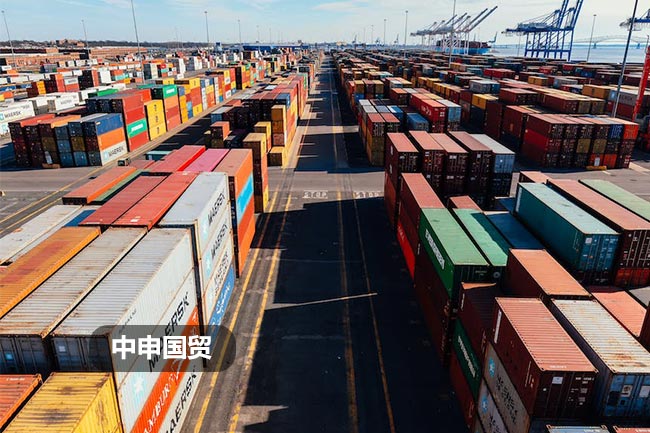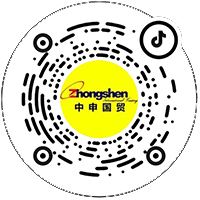- Shanghai ZhongShen International Trade Co., Ltd., with 20 years of experience in foreign trade import and export agency services.
Home » Machinery & Equipment » How to Choose a Professional Equipment Export Agent? These Five Factors Determine Trade Success
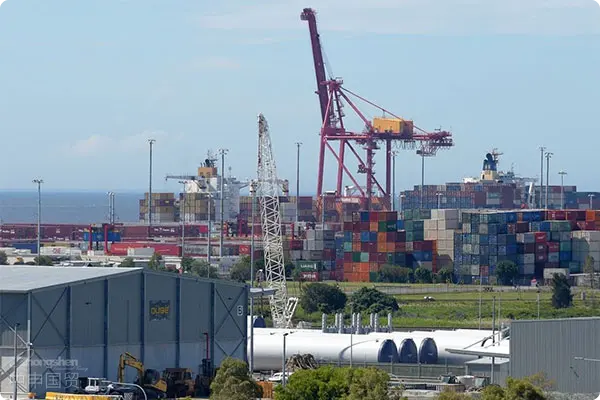
Industrial?Equipment Export?Three Core Challenges
Unlike general commodity trade, industrial equipment exports have significant industry barriers:
- Technical parameters are complex.: Involves professional needs such as HS code classification, export control list verification, and technical document translation
- Strict Transport Requirements: Oversized equipment requires special transport solutions, and anti-shock and moisture-proof packaging costs account for 5-15% of the total cargo value
- Volatile Tariff Policies: The average tariff rate for machinery and equipment can fluctuate by ±30% of the base rate
Five Screening Criteria for a Professional Agency Company
1. Qualification and Certification System
- AEO (Authorized Economic Operator) Advanced Certification qualification from customs
- Specific equipment export licenses (e.g., pressure vessel manufacturing license)
- FIATA membership (International Federation of Freight Forwarders Associations)
2. Technical Capabilities in Customs Clearance
High-quality agents should have:
- Professional classification team: Average classification accuracy for machinery and equipment is over 98%
- Pre-classification service: Locks in tariff costs 6 months in advance
- Dispute resolution mechanism: Success rate in resolving customs classification disputes from 2019-2024 is >85%
3. Logistics Solution Design
- Special transport resources: Including SPMT hydraulic axle trailers, low-bed semi-trailers, etc.
- Multimodal transport capabilities: Optimal solutions can reduce transport costs by 20-40%
- Emergency response system: 48-hour response mechanism at major global ports
4. Project Management System
- Project team configuration: Must include a composite team of technical translators, document specialists, and customs engineers
- Progress control standards: Delay rate at key nodes is <3%
- Document management system: Confidential transmission solutions for special documents like technical drawings and test reports
5. Risk Control Mechanism
- Payment security guarantee: Escrow account usage coverage is >90%
- Quality dispute resolution: Pre-review system by third-party inspection agencies
- Policy alert system: Tracking mechanism for updates to technical regulations in major export countries
Comparative Analysis of Service Value
- Self-Managed vs. Professional Agent
- Document error rate: 28% vs. 2%
- Incidence of demurrage fees: 45% vs. 8%
- Overall cost fluctuation range: ±25% vs. ±5%
Key Nodes in the Cooperation Process
- Pre-disclosure of equipment parameters (90 days in advance)
- Feasibility verification of the transport plan (60 days before shipment)
- Compliance review of technical documents (30 days before shipment)
- Formulation of a risk contingency plan (15 days before shipment)
- Full-process execution tracking (from shipment to delivery)
Analysis of practical cases
A project involving the export of German precision machine tools to Vietnam:
- Challenge: The equipment weighs 85 tons and is subject to EU dual-use item controls
- Solution:
- Customized a split transport frame to reduce the risk of oversized fines
- Applied for an end-user statement to mitigate export control risks
- Used DDP door-to-door terms, saving the client 37% in customs clearance time
2025 industry trend forecast
- Upgraded certification requirements: A 300% increase in demand for professional certifications like IECEx
- Innovation in service models: The rise of Product Lifecycle Management (PLM) agency services
- Impact of regional policies: RCEP member countries have expanded preferential tariffs on equipment to 92% of categories
Recommended for You
Category Case
Contact Us
(+86) 139 1787 2118
Email: service@sh-zhongshen.com
Email: service@sh-zhongshen.com
Recommended for You
Contact via WeChat
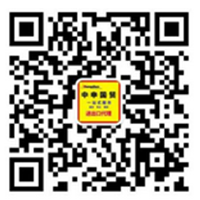
? 2025. All Rights Reserved.
